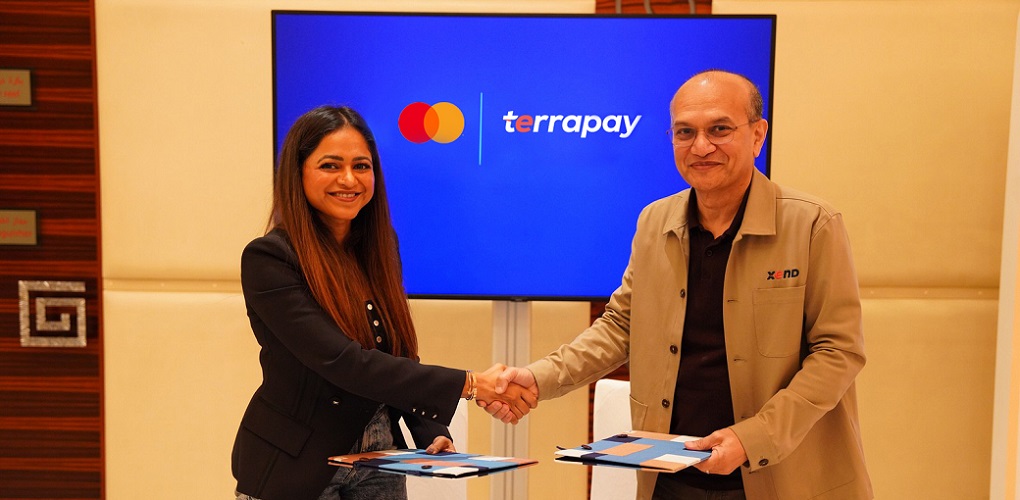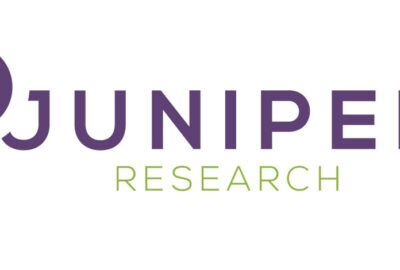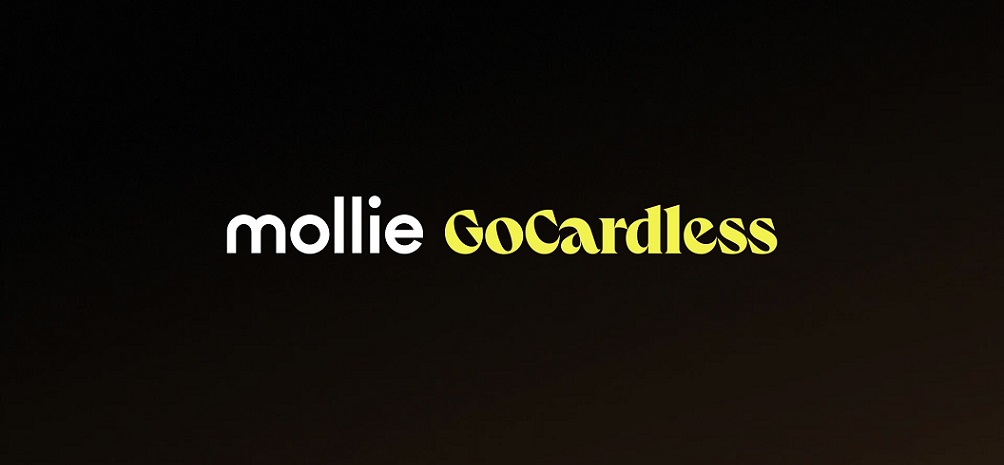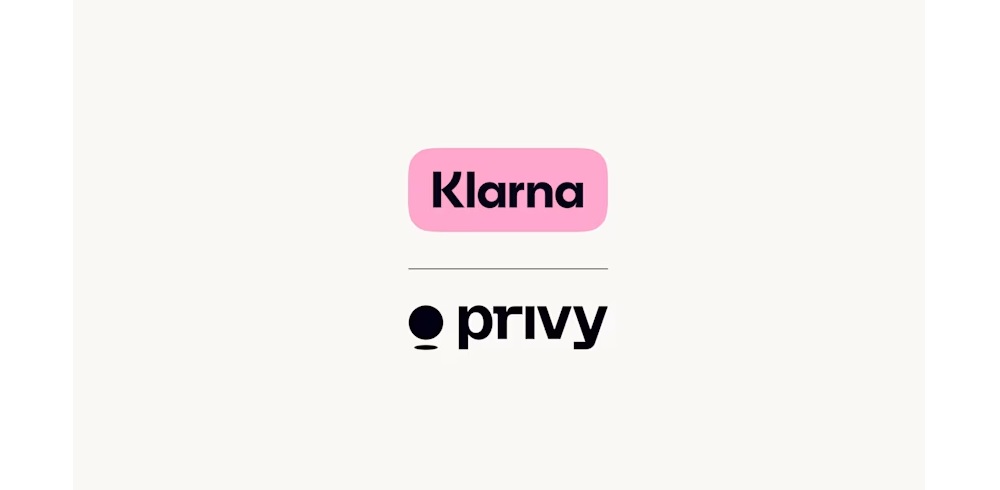Study: banks should be focusing their efforts on a new breed of ‘digital natives’ who transcend age boundaries

Forget millennials, banks should be focusing their efforts on a new breed of ‘digital natives’ who transcend age boundaries and have fundamentally different expectations about their financial services needs, according to a study conducted by innovation agency Claro and Anthemis on behalf of six top banks.
The report was developed as part of the ‘Always in Beta’ project, a research and business innovation initiative formed by Claro and London-based VC Anthemis in collaboration with ING, Bank of Ireland, Standard Bank, and three other anonymous financial institutions.
The report deconstructs much of the conversation around youth and millennials, urging financial institutions to focus on a new demographic – the digital native – that is shaped less by age and geography and more by technology and structural trends.
The project took the team to six cities – London, Singapore, Dublin, Cape Town, Istanbul, and Mexico City – to conduct field research and consult with experts.
They found that the digital native customer – who could be a 25-year-old graduate student or a 50-year-old entrepreneur – has fundamentally different expectations than the banking customers of the past.
Aldo de Jong, co-founder of Claro, says that digital native customers of all ages lack three qualities that are central to most traditional financial services products: Predictable life paths, financial stability, and long term consumer loyalty.
He adds: “While many financial institutions are starting to focus on youth and millennials, the needs of the entire customer base are shifting, and banks need to develop new value propositions that align with and support the lifestyles of digital natives.”
The report suggests that traditional banks have misunderstood the size and nature of the impact technology has had on customers, leaving the door open to new banking startups and consumer electronics groups to reshape the market.
Dave Tighe, head of innovation, Bank of Ireland, says the report has helped the bank to rethink its strategy: “Not only did it provide us with a fresh way of looking at a key segment for the bank but it also opened up a co-creation model with other banks that was otherwise unavailable to us.”
The report reveals several points of misalignment between banks and digital native customers:
While banks expect their institutional authority to equate with trust, digital natives develop trust based on shared interest and their network;
While banks emphasize products that help customers plan their future, digital natives want offers that help prepare them for an uncertain future;
While banks encourage delegation of financial decision-making, digital natives want to be empowered to make their own financial decisions:
While banks provide customers with raw information, digital natives want information overlaid with meaning and context.
De Jong notes: „Who is able to take the greatest advantage of the opportunity to serve digital native customers – financial institutions, startups, or large technology companies like Google or Apple – remains to be seen.”
Dariusz Mazurkiewicz – CEO at BLIK Polish Payment Standard
Banking 4.0 – „how was the experience for you”
„To be honest I think that Sinaia, your conference, is much better then Davos.”
Many more interesting quotes in the video below:










